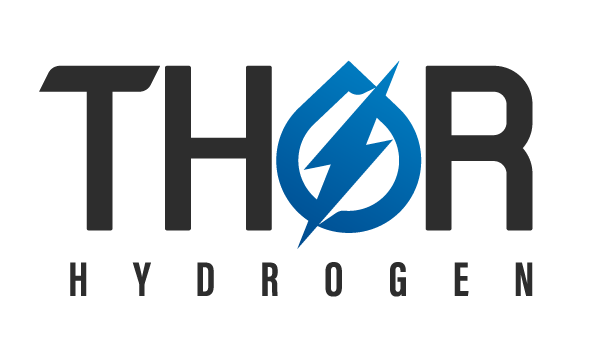Hydrogen, It’s Elementary
Hydrogen, the stuff of stars, makes up 98% of the known universe. It is the simplest element, just one proton and one electron*, and is the third most abundant on earth. It’s rare to find hydrogen as a gas – in fact it is typically combined in other substances – water, organisms, hydrocarbons. Hydrogen is an invisible gas and extremely light (16 times lighter than oxygen) but it has a high specific energy content and is referred to as a ‘dense energy carrier’ or ‘energy vector’. In fact, by weight (gravimetric) hydrogen packs three times as much energy as gasoline – one kilogram of hydrogen delivers 33.3 kilowatt hours of energy (enough to drive a family car about 100 km).
The name hydrogen (producer of water) was coined in the 18th century and other languages also name the element for its water producing properties (e.g. Wasserstoff in German). Through the 19th and 20th centuries, technologies for producing hydrogen were developed and the gas was used in a range of applications. It’s potential was even recognized by the 19th century science fiction writer Jules Verne in his 1874 novel, The Mysterious Island, in which character predicts that, “…water will one day be employed as fuel, that hydrogen and oxygen…will furnish an inexhaustible source of heat and light.”
Nearly 150 years on from this prediction we are on the cusp of making these prescient intuitions a reality. Convergence of technology and materials science has resulted in advanced and efficient components such as electrolysers, fuel cells, catalysts and batteries. This, combined with now cheap solar and wind energy, the price of which has reduced almost 90% in ten years, promises tectonic changes in our energy landscape.
Using hydrogen, storage of intermittent renewable energy becomes cost effective and flexible, offering energy security to remote and rural communities, off-grid industrial locations and critical emergency facilities. We can power and heat homes and buildings, rapidly fuel trucks and propel trains, manufacture steel without metallurgical coal; drawing on the flexibility of an energy-dense gas that combusts to produce… water.
[*Two isotopes of hydrogen exist: Deuterium (also known as Heavy Water) which includes one neutron in the nucleus and Tritium which includes two neutrons in the nucleus.]
